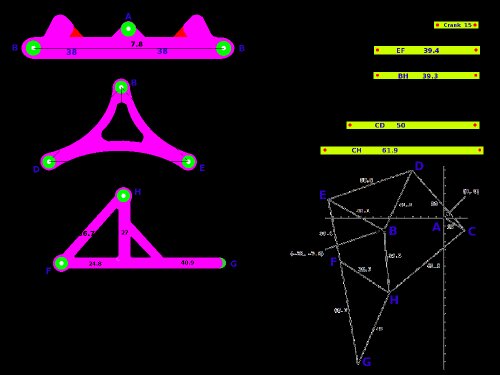You don’t have to know a word Swedish to understand that 86-year old [Lasse Thörn] is the coolaste modernaste pensionären in Gränna. All you have to do is see him rolling on his walker-assisted hoverboard and you’ve got the whole story.
Still, not knowing any Swedish and the spotty nature of Google translations makes it hard to discern the details of this build. Did [Lasse] build the folding aluminum bracket that connects the battery-powered hoverboard to his walker himself? We guess that he did, since another story says that he built a pedal boat back in the 1950s because he thought it sounded cool. He also says that he gets a lot of attention when he’s out on his contraption, and that other seniors have asked him to build one. [Lasse] says he’s too old to start a business; we don’t think he’s giving himself enough credit, but if he’s willing to leave the field of affordable personal mobility open to the rest of us, we say go for it.
We’ve seen lots of hoverboard builds lately, and lots of hate in the comments about the use of that term. Seems like the false advertising vibe grates on folks, but face it: “rolling wheelie board” is kind of awkward, and until technology catches up with the laws of physics, it’s the best we’re going to do.
Continue reading “Swedish Senior Rolls In Style With Hybrid Hoverboard Walker”























